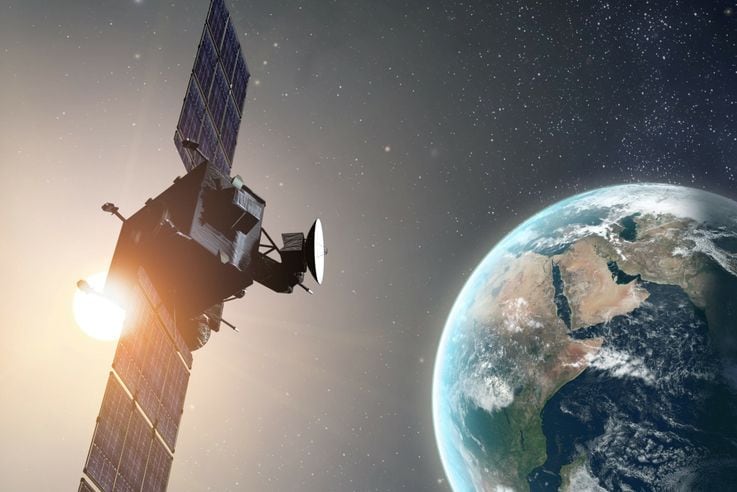When Space Force leaders talk about resilience, they often point to proliferation — distributing capabilities across large constellations of small satellites — as central to their approach to making it harder for adversaries to disrupt U.S. operations.
The premise that redundancy and disaggregation provide inherent resilience underpins the Space Development Agency’s multi-layered Proliferated Warfighter Space Architecture, which aims to field hundreds of communications and missile tracking satellites by 2026.
But proliferation is just one piece of the Space Force’s strategy for safeguarding its capabilities. It’s also about ensuring satellites and ground systems are equipped with sensors and other cybersecurity features that can detect and protect against threats.
A little-known panel of acquisition experts from Space Systems Command known as the Enterprise Resilience Board has been working over the last year to determine what those measures are and ensure that the capabilities the Space Force buys meet its requirements for resilience.
Claire Leon leads SSC’s Space Systems Integration Office, which chairs the Enterprise Resilience Board. She told reporters the board’s job is to work with program teams to make sure the necessary protective capabilities are part of a program’s initial requirements.
“Then, when a proposal is put out, you want that to be built into the proposal so that you’re asking for those protective measures from a contractor in a time of competition, not adding it later,” she said April 10 on the sidelines of the Space Symposium in Colorado Springs, Colo.
The Defense Department has placed a greater emphasis on the need for space system resilience over the last five years, as adversaries like Russia and China have increased their aggression in the domain. And as the Chinese government eyes a possible invasion of Taiwan by 2027, the Space Force is working to ensure its satellites and ground systems can operate through disruption should they be targeted.
U.S. Space Command Commander Gen. Stephen Whiting told reporters at the symposium that space system survivability and resilience is at the top of his list of near-term readiness needs.
“As we increase our capability and capacity across a number of constellations, I would like to see them become more resilient,” Whiting told reporters during an April 9 briefing. “I want all of that as fast as possible.”
Many of the protection measures the Enterprise Resilience Board considers are classified, according to Leon, but they include things like adding anti-jam capabilities to a satellite communications system or installing a space domain awareness sensor that can sniff out a potential adversary.
She noted that the board has made progress identifying resiliency measures, but it takes time to implement them — particularly for newer programs that are early in the acquisition process.
Because most programs have very few team members with high security clearances, the classification of those measures can present a challenge, Leon said. The board also helps in those instances, providing insight and expertise to fill in that gap.
Col. Bryon McClain, program executive officer for space domain awareness and combat power, said the board is not only looking at individual programs, but also how it can add resilience across an entire mission area.
Courtney Albon is C4ISRNET’s space and emerging technology reporter. She has covered the U.S. military since 2012, with a focus on the Air Force and Space Force. She has reported on some of the Defense Department’s most significant acquisition, budget and policy challenges.








